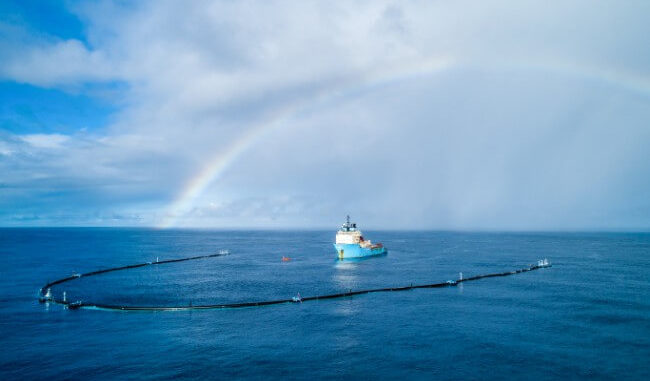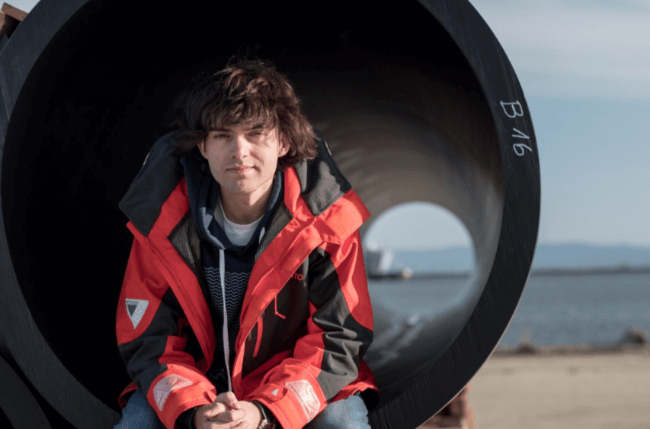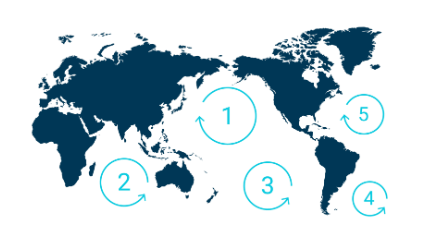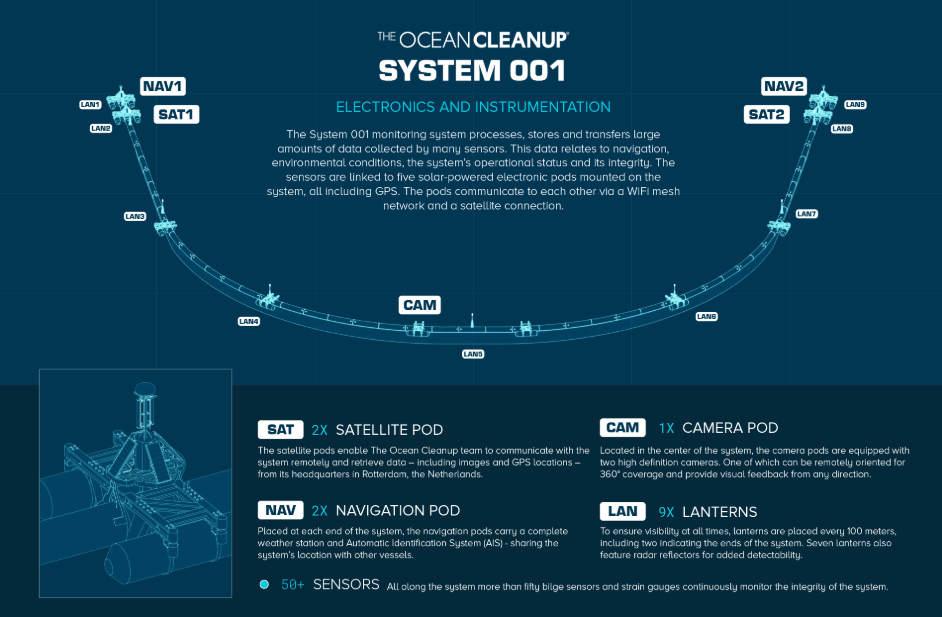
It’s amazing what you can achieve when you put your mind to it.
This blog post is dedicated to a great guy called Boyan Slat and his mission to clean the oceans of plastic, starting with the Pacific Ocean Garbage Patch cleanup.

Source: https://www.theoceancleanup.com/media-gallery/
It is common knowledge that thousands of tons of plastic has entered the oceans over the last few decades, but until recently, hardly anything has been done about it.
Boyan Slat Goes Scuba Diving
Then, back in 2010 (I guess) the 16-year-old Boyan Slat went scuba diving in Greece and saw more plastic than fish.
That caused him to start researching about plastic ocean garbage and made that the theme of a high school science project.
At that time it was considered impossible to clear the oceans of plastic because a cleanup using vessels and nets would take thousands of years, cost tens of billions of dollars, be harmful to sea life and lead to large amounts of carbon emissions.
5 Plastic Garbage Patches Polluting The Oceans

Source: https://www.theoceancleanup.com/
There are 5 major plastic accumulation zones in the world where ocean currents converge. These accumulation zones are commonly called “garbage patches”. The vast majority of ocean plastic will not go away by itself but instead slowly break down into microplastics.
Using The Ocean’s Currents To Solve The Problem
After a year of experimenting with ideas and simple tests, Boyan hit on a passive concentration system that uses the ocean currents to catch and concentrate the plastic so that it can be taken out of the water. Instead of going after the plastic, you could let the plastic come to you.
After graduating high school, he was invited to present his initial idea at a TEDx conference in 2012:
2018: Wilson Goes For A Pacific Ocean Test Run
Six years later, on September 8th 2018, system 001 was launched on a test mission. It was towed out of San Francisco Bay to the Great Pacific Garbage Patch that rotates between Hawaii and the coast of California.
The results have been mixed, but mostly encouraging, as described in a recent status update:
System 001, or Wilson, is attracting and concentrating plastic, but not yet retaining it. This is a challenge we did not predict from our scale models nor prototypes. Eventually, the only way to truly see how the system would perform was to put it in the environment it has been designed for, and this application has largely been effective, since most of the design has withstood the tests of the Pacific, such as its ability to accumulate plastic, reorient with the wind and survivability.

The design of “Wilson” differs from the one that Boyan Slat described in his Ted Talk. The system now consists of a 600-metre-long floater with a skirt attached along the bottom which is three metres deep in the middle sections of the system. The skirt is intended to prevent small particles of plastic from escaping underneath the system. The downward flow created as the system floats with the tide will allow marine life to pass beneath it.
Here’s a video that shows how 001 works in more detail:
For more info about Boyon Slat and The Ocean Cleanup check out their website at: https://www.theoceancleanup.com/
DH
